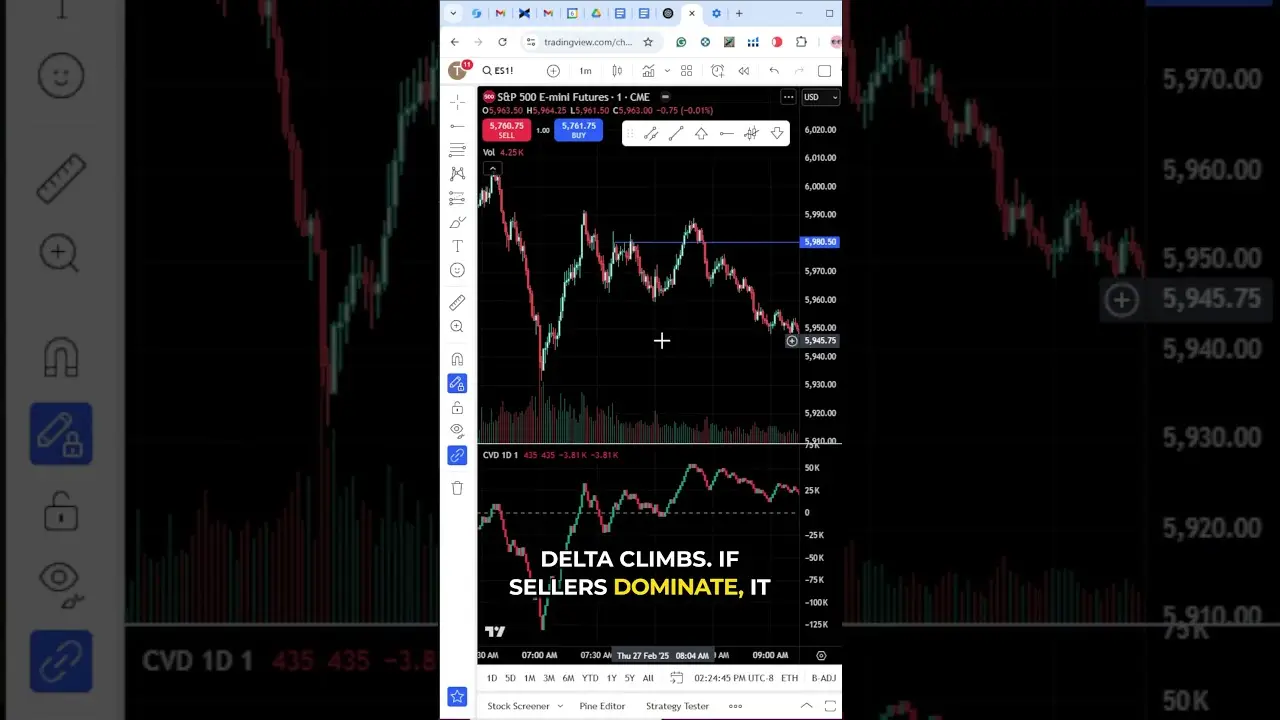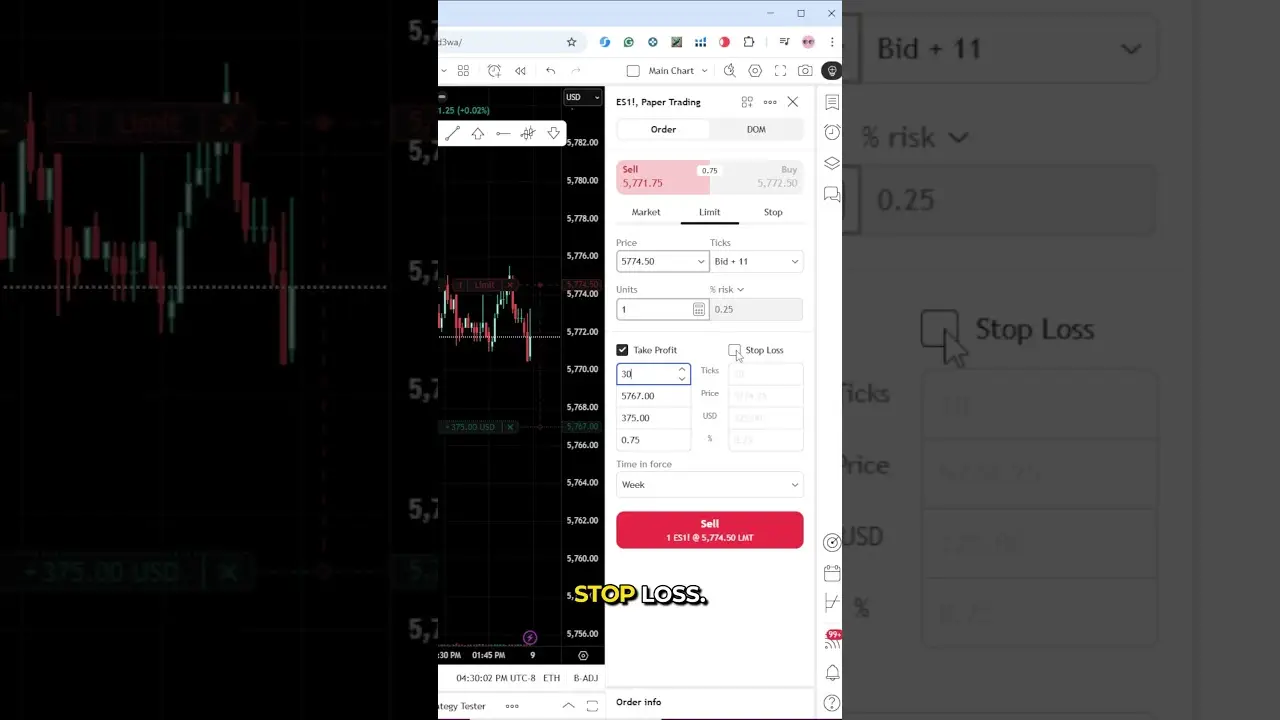This article on Inside Bars is the opinion of Optimus Futures.
Inside bars are common candlestick patterns that technical traders use extensively in their analysis and trading strategies. In this article, we take a detailed look at inside bars, the caveats linked to trading this candlestick pattern and the potential ways to incorporate them into your trading strategy.
Inside Bars – An Introduction
An inside bar – as the name implies – is a candlestick that forms inside the range of the candlestick immediately prior to the inside bar itself. The shorter range of the inside bar can often be a very effective indicator of market momentum – or rather lack thereof. It can also be indicative of a shift in market sentiment, a period of consolidation or overall weakness in the market, all of which can result in valuable information for the technical trader trying to decode the market price action.
The chart above shows two inside bars at work. You should notice how the high and low on both the candlesticks are contained within the high and low of the candlestick prior to them, implying being inside the range of the prior candlestick.
While inside bars are right alongside some of the other prominent candlestick patterns like pin bars and engulfing candlesticks in their effectiveness, use and predictability, they differ from some of the other patterns in at least two ways.
First, unlike other candlestick patterns, inside bars are usually not distinguished as bullish and bearish by their look or color of the body itself, but rather by the location they are at and other peripheral developments. At swing lows and key support levels for example, they are usually characterized with bullish attributes, and at swing highs and key resistance they may possibly represent bearish traits.
Alternatively, inside bars can also point to periods of consolidation, and indecision prior to a pending breakout. The trick to understanding and trading inside bars effectively is to understand what they fundamentally represent – indecision that is – and use it as an integral part of information to decode market sentiment and possibly execute a trade.
The second major factor that inside bars possess rather uniquely is the frequency with which they occur, much to the detriment of many new traders who may not fully understand and trade inside bars effectively. Unlike strong looking pin bars and large protruding engulfing patterns that do not present themselves too often, you can probably count a sizeable number of inside bars on any random chart that you pull – even more so in a range bound market where the broader market indecision manifests regularly in the form of several inside bars.
Here we picked a random chart and plucked 14 inside bars that are technically valid – that is, they fall within the range of the candlestick prior to them. This should give an idea how frequently you can expect to encounter inside bars as you start looking for them.
To some, this is a notorious fact ultimately even leading to the disposal of this candlestick pattern from their technical analysis arsenal. For other smarter traders who know where to look for them, these puny looking candlesticks can be valuable pieces of information.
Locating Inside Bars
Like other prominent candlestick formations, inside bars are best located and traded at key locations and price points where other supporting factors can help validate a high probability trading opportunity.
Traders often attempt to build automated trading strategies for inside bar breakouts (price breaking either the high or the low of the inside bar) or otherwise try to manually exploit the fact they are a common occurrence in the market as shown above. Such strategies do not usually pan out well in the long term as the market transitions into a different phase perhaps requiring a varied approach to trading inside bars. We go into the actual trading strategies for inside bars a little later. First we’ll see which locations on the chart usually make for ideal points for inside bar formations.
Swing Highs and Swing Lows
Extreme swing points, usually right at the top or the bottom of an extended trend, can make up for a strong location for inside bars, given that the exact price points that the inside bar forms at, lines up with key resistance or support, where an indecision in the market – as denoted by the inside bar itself – would likely make sense.
Since inside bars appear smaller in shape as opposed to big protruding pin bars and engulfing bars, traders often believe inside bars can be a poor indicator of trend reversal. This may be true to an extent, if you once again look at inside bars for what they are worth. While pin bars and engulfing candlesticks will often incorporate opposing order flow (wick on the pin bar and usually a large authoritative looking body on en engulfing pattern) within themselves to provide more information, inside bars merely represent indecision.
However, at major support and resistance levels the indecision represented by inside bars can also be very telling, and in some cases a viable trigger for a reversal trade as well.
Consider the above example. As price falls into solid long term support, an informed technical trader should not be surprised to see a potential bounce off the area. What then does indecision, as represented by the marked inside bar tell us about the bearish momentum that lead us to this support level? As the inside bar breaks to the upside (price breaks the high of the inside bar) we have price finding support at the level which should really not be a surprise at all. Notice also that instead of just temporary holdup, the inside bar did trigger the reversal of much of the bearish trend up until that point.
At Pullbacks to Dominant Trends
Perhaps the most popular (and less controversial) location for inside bars is considered to be at non-threatening pullbacks to dominant trends. By non-threatening pullbacks we refer to brief periods of price movement back into the trend as opposed to an extended move that may be characterized as a mini trend in itself.
The above example illustrated one such example, where a minor pullback into a sharp strong bearish trend yields an inside bar. In this case, the bearish body of the inside bar can also be taken as a point in favor of the strength of the inside bar.
As follow Up to Other Price Action
A slightly less common approach to locate inside bars which can potentially be equally as effective – if note more – is to give more weight to an inside bar that appears after other indicative price action. In essence, we are referring to the candlestick that the insides bar is inside of and potentially other immediately preceding candlesticks.
The chart above illustrates price accelerating into a key resistance area that is not as clearly defined by a narrow side to side support and resistance level but rather a thicker wedge pattern. Trading a supposed inside bar at a swing high here could potentially be dangerous as it can be hard to pinpoint an exact price level representing key resistance here.
Instead, we have a strong bearish candlestick present itself first which indicates selling coming into the market. That bearish candlestick than follows an inside bar, again at that same key resistance level which now just acts as additional confirmation to the lack of bullish strength in the market.
Trading Inside Bars
There are several ways to trade inside bars that stem directly from the trader’s individual risk appetite and possibly the overall strength of the setup itself.
When talking about inside bars, traders prefer to mention the ‘break’ of the inside bar which is price moving either beyond the high or the low of the inside bar. While waiting for the break of the inside bar provides an additional buffer to confirm price direction that the trader anticipates, trading the inside bar at the close of the bar itself is one of the riskiest ways to trade inside bars, and is generally discouraged.
Another aggressive approach to trade inside bars is to often place pending entry orders a few ticks above the high as well as below the low of the inside bar to take advantage of a break of either side. This strategy would normally apply to more neutral inside bars that may not necessarily support a bearish or a bullish setup. Again this aggressive approach is perhaps best suited to professional traders who possess strong skills when it comes to trading sideways indecisive markets and market action.
For newer traders, perhaps the best approach is to treat inside bars like any other candlestick pattern – that is, locate them at key areas on the chart and trade them conservatively. Such an approach usually calls for trading a bullish inside bar at the break of the high and a bearish inside bar at the break of the low.
Setting stop losses can also vary between aggressive versus conservative traders. Risk averse traders will usually prefer to place the stop loss beyond the high or low of the candlestick preceding the inside bar – that is, the candlestick that the inside bar is inside of. This is to provide a meaningful buffer to a potential trade and avoid being ‘whipsawed’ out of the market through using a stop loss too tight and aggressive.
Since inside bars can often be smaller in range, the aggressive approach which calls for placing the stop beyond the high or the low of the inside bar itself can result in a trade that gives little leeway to the trade in case of price moving in the opposite direction. While a tighter stop loss can drastically improve the risk to reward ratio for a trade it also makes the trade more likely to be succumbed to volatile market moves, especially in a sideways market.
Like all other popular candlestick patterns, inside bars can be very a powerful tool for technical traders when analyzed and traded in the right ways. Despite being peculiar and different to some other candlestick patterns, inside bars are just as reliable and useful as any other candlestick pattern.
There is a substantial risk of loss in futures trading. Past performance is not indicative of future results.











